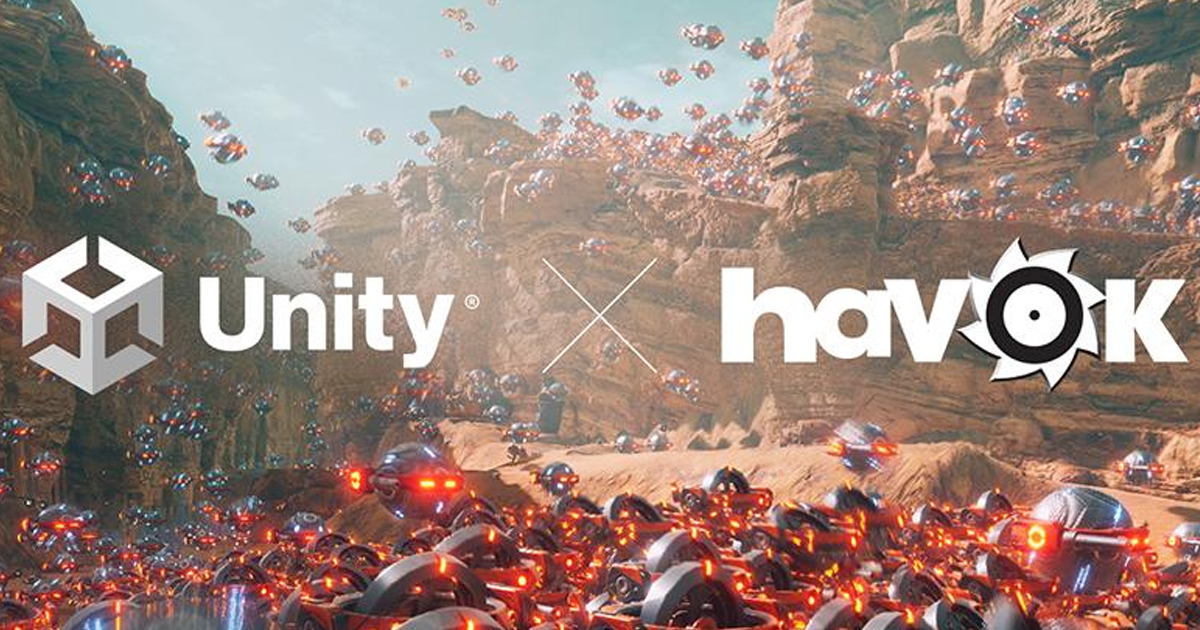Havok Physics for Unity now fully released and supported for production
Havok Physics for Unity has now officially become supported for production. Developers will be able to use the physics engine for free and implement its features in their games.

This was made possible after the recent release of Unity 2022.2 Tech Stream, which added full support for the Entity Component System (ECS) architecture.
As Unity pointed out in a blog post, the Havok Physics package is now available to all Pro, Enterprise, and Industrial Collection subscribers for free. It is worth noting that the company increased prices earlier this year to “reflect the value of its products.”
Havok Physics for Unity is built on top of Unity’s Data-Oriented Technology Stack (DOTS), a suite of technologies and packages that help developers scale processing and build complex, performance-optimized projects.
It is based on the original Havok SDK, with the full version now supporting linear position, as well as linear, rotational, and angular velocity. It also added new methods for the HavokSimulation API. More details and updates can be found in the changelog.
Unity created a special tutorial to help developers learn how to use Havok Physics and Unity Physics and apply these tools to their projects using ECS. On top of that, the company detailed how two studios — Hostile Mars developer Big Rook Games and Robocraft 2 maker Freejam Games — are leveraging the power of Havok Physics in their projects.
“Without DOTS, I wouldn’t have been able to provide the experience that I imagined in my original design,” Big Rook Games founder Jake Jameson said. “It just wouldn’t have been possible without implementing my own ECS framework, and as a solo dev, this isn’t viable given my timeline and budget.”
Hostile Mars supports up to 5,000 individual physics-based enemies thanks to Havok Physics for Unity
Announced in 2019, Havok Physics for Unity was initially distributed as an external package on the Unity Asset Store. It used the same C# ECS framework as Unity Physics, and the companies were constantly improving and optimizing the tools.